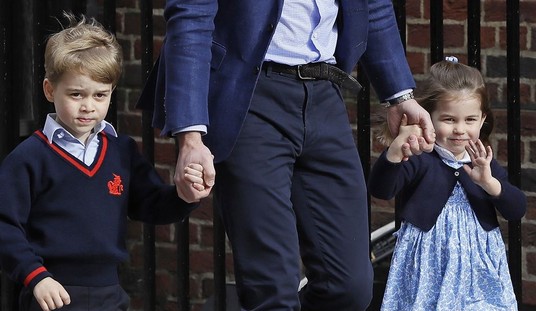As D-Day for health care “reform” approaches, we’re hearing a lot of contradictory claims about how things are going in countries where they have socialized medicine. One side says Canadian, British, German, and even (in the more extreme cases) Cuban health care is wonderful. The other side says it’s a catastrophe. All these directly conflicting claims aren’t very helpful to those who might be in doubt about the truth.
Instead of seeking our evidence in far-flung corners of the world, why don’t we look at what’s happened to the one profession we’ve already socialized right here at home? The government school monopoly gives us a great opportunity to examine what happens to a profession when you dragoon it into government service.
Public Agenda, a social science research group whose political leanings are generally leftward, just released a major bombshell report on the state of the teaching profession. Short version: however bad you think it is, it’s worse.
The huge survey of public school teachers nationwide finds that a full 40% of the nation’s teachers fall into a category they call “disheartened.” It’s the largest of the three categories Public Agenda identified. Another 37% of teachers fall into the complacent “contented” category. The “idealists” — the teachers who form our cultural image of what a good teacher is like — make up a mere 23% of the profession.
America’s enormous phalanx of “disheartened” teachers tend to hate their jobs and — far more disturbingly — they even tend toward the attitude that teaching doesn’t matter. Only half of teachers in this category think teachers can impact the effort students put into their work, compared to three-quarters of idealists. Only two-thirds of disheartened teachers think that good teachers make a difference to student learning, compared to about nine out of ten idealists.
It’s hard to convey just how big this problem is. A little basic math (courtesy of the American Board for Certification of Teacher Excellence’s Dave Saba) tells us that this means a full 22 million students are being taught by “disheartened” teachers.
But let’s do just a little more basic math. Every year, the government assigns your child a new teacher — with no input from you, of course. Suppose (for the sake of illustration) every year you have a 40 percent chance of being taught by a disheartened teacher. The chances your child will go through 12 years of schooling and never be forced to have his future crippled by a disheartened teacher are 0.2%. The reality is, you’ll probably get not just one dud, but several.
Of course, it’s well established that because of teacher seniority rights, the government school monopoly clusters the worst teachers in inner-city schools. So maybe you think you’re safe in your comfortable suburban school. But you can’t destroy 40% of a profession and expect all the suffering to stay downtown. Some of the teachers in your school are disheartened. How comfortable do you feel gambling your child’s future that you won’t be assigned to one of them?
Besides, do you really want a “contented” teacher for your child? Public Agenda’s data suggest, at least to some degree, that “contented” teachers set lower standards for their work — which I guess helps explain why they’re contented.
So how did the teaching profession get into the state it’s in? Most people would probably start by blaming teacher pay. But guess what? Teacher pay isn’t low. It’s surprisingly high — above the average for white-collar workers and professional workers, even though teachers work fewer hours per week than the average for both groups.
And don’t blame class sizes, either. The ratio of students to teachers has been plummeting for decades — from 27 students per teacher in 1955 to just 15 today. Of course, thanks to union-sponsored bureaucratic bloat, not all “teachers” are actually in the classroom teaching, which is why you don’t see many classes with only 15 students. But it’s still not plausible that class sizes are the problem.
To find out why we have this catastrophe, compare the state of the teaching profession in public schools to its state in private schools. If you read Pajamas Media, you already know that federal data show private school teachers are more satisfied with their jobs on a wide variety of measurements. That’s because they’re free to teach — since they’re not under the thumb of the political system, private schools are able to give their teachers radically greater classroom autonomy.
In other words, it’s the monopoly, stupid.
Bottom line, when you socialize a service, everybody gets hosed — but the people who get hosed first and worst are the ones who actually provide the service. They go from being respected professionals to the tools of a government utility.
How are you going to feel when you’re heading into surgery in a country where 40% of doctors are “disheartened” about their profession? And you’re not allowed to choose your doctor?
Instead of sending the medical profession down the path to socialized misery, it’s time to reclaim the teaching profession. Not just for the students, but for the teachers.









Join the conversation as a VIP Member